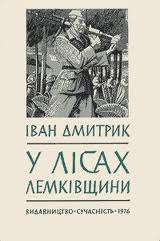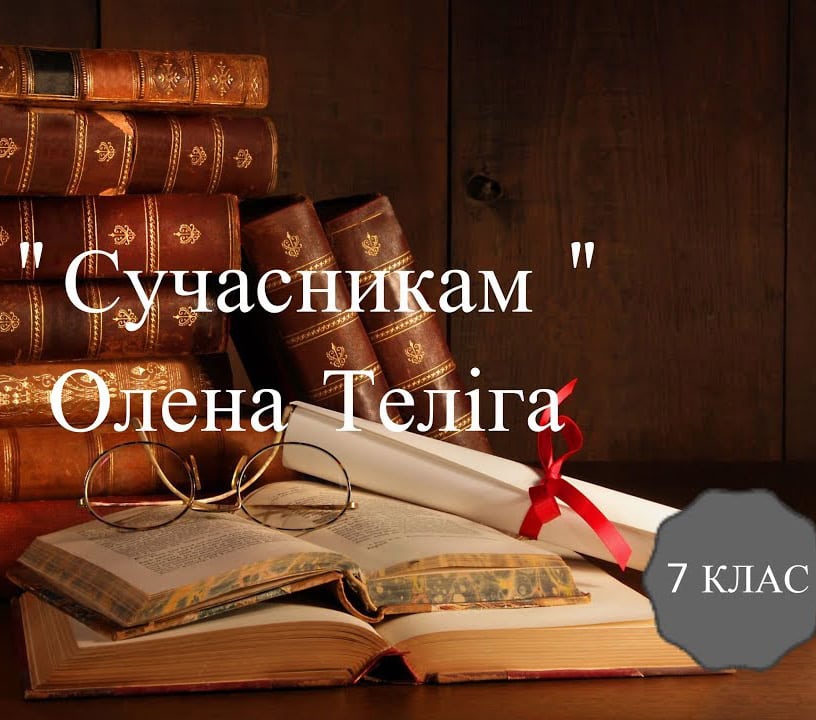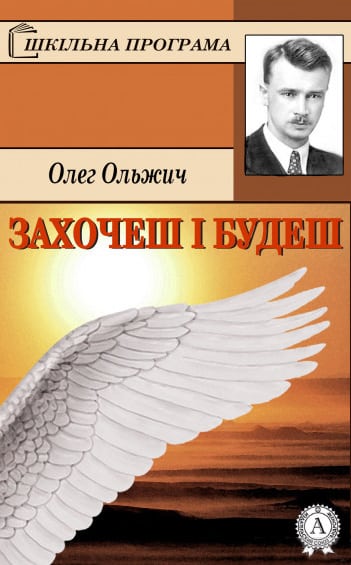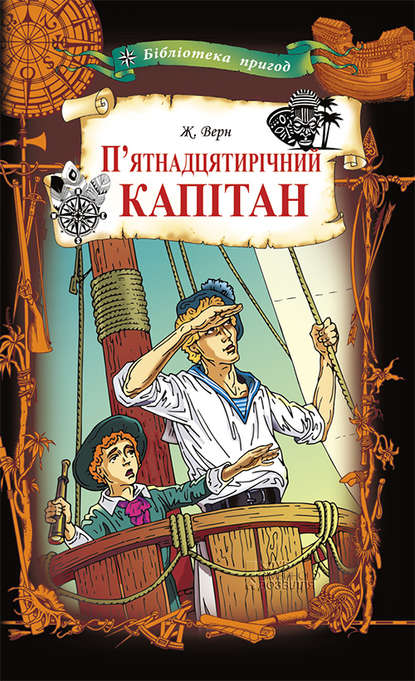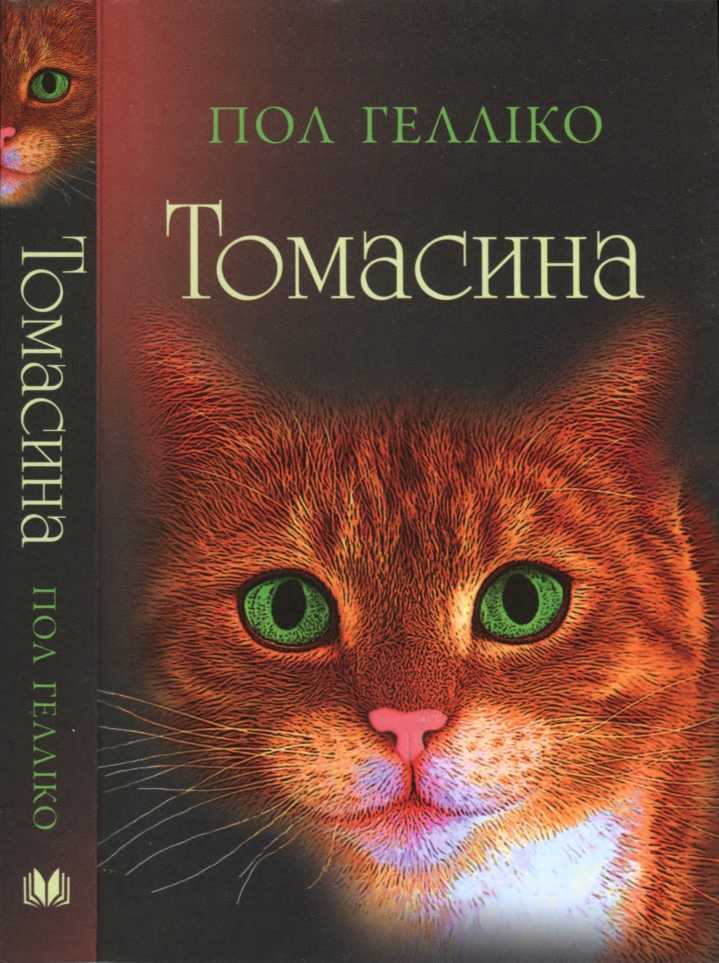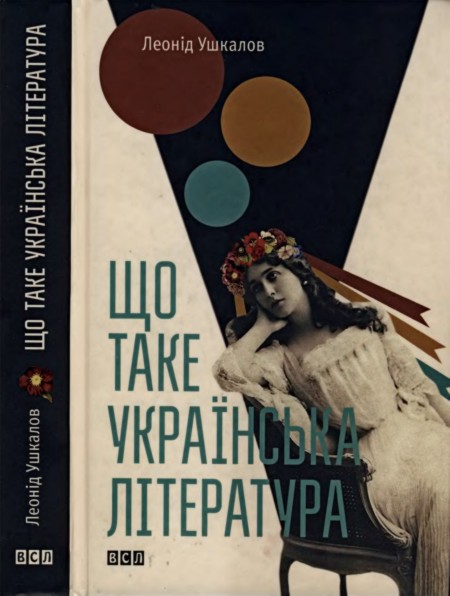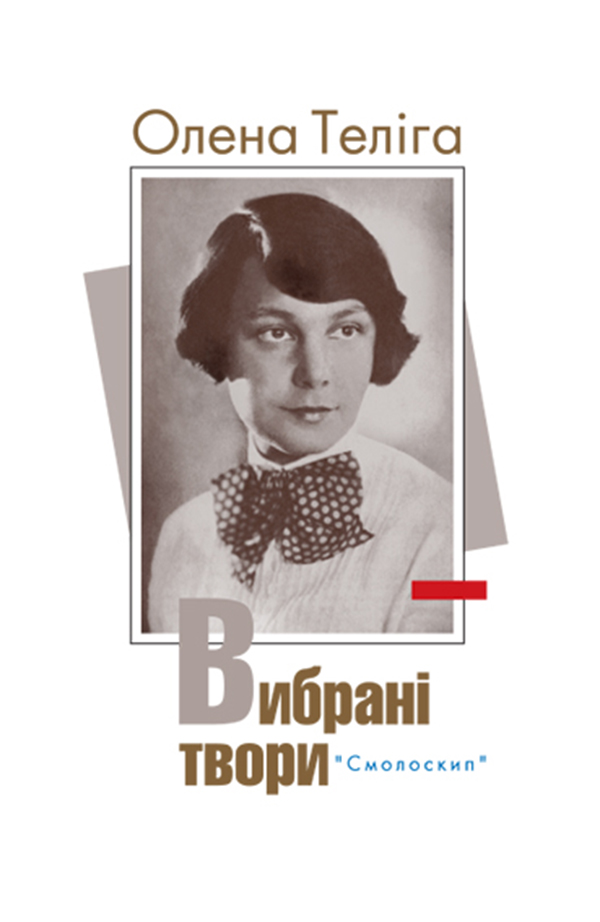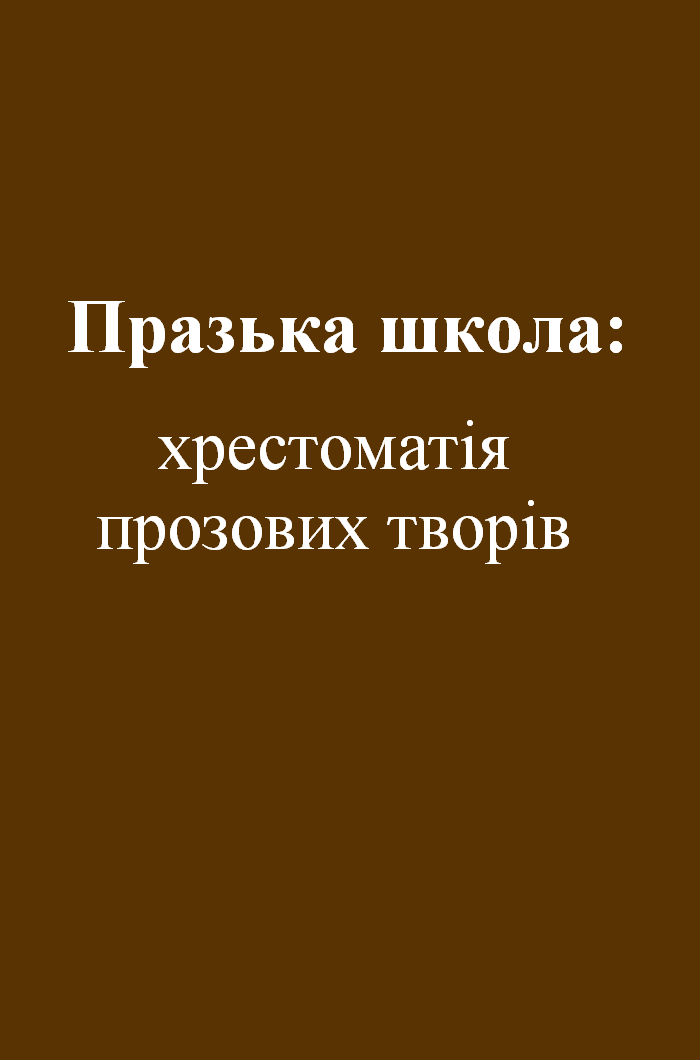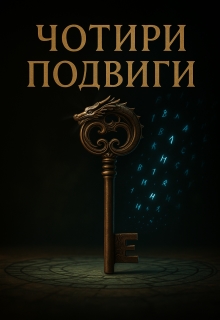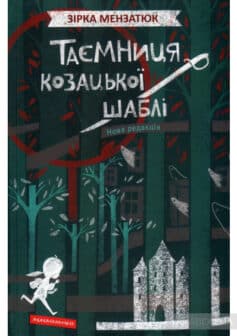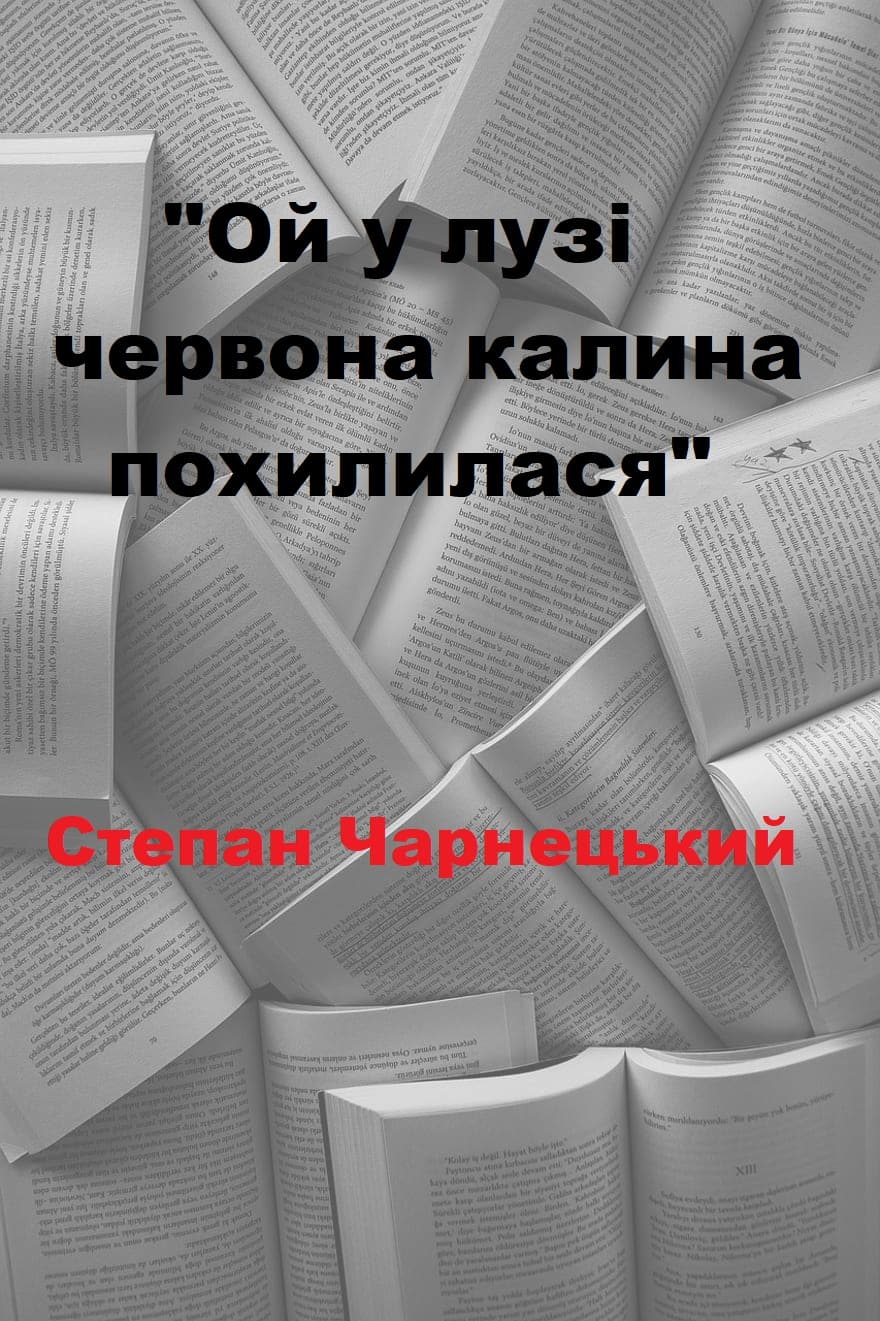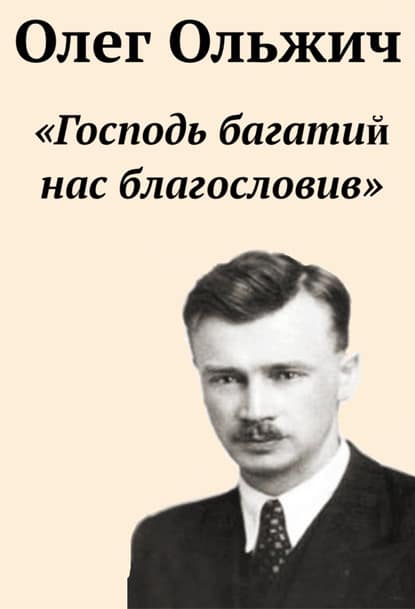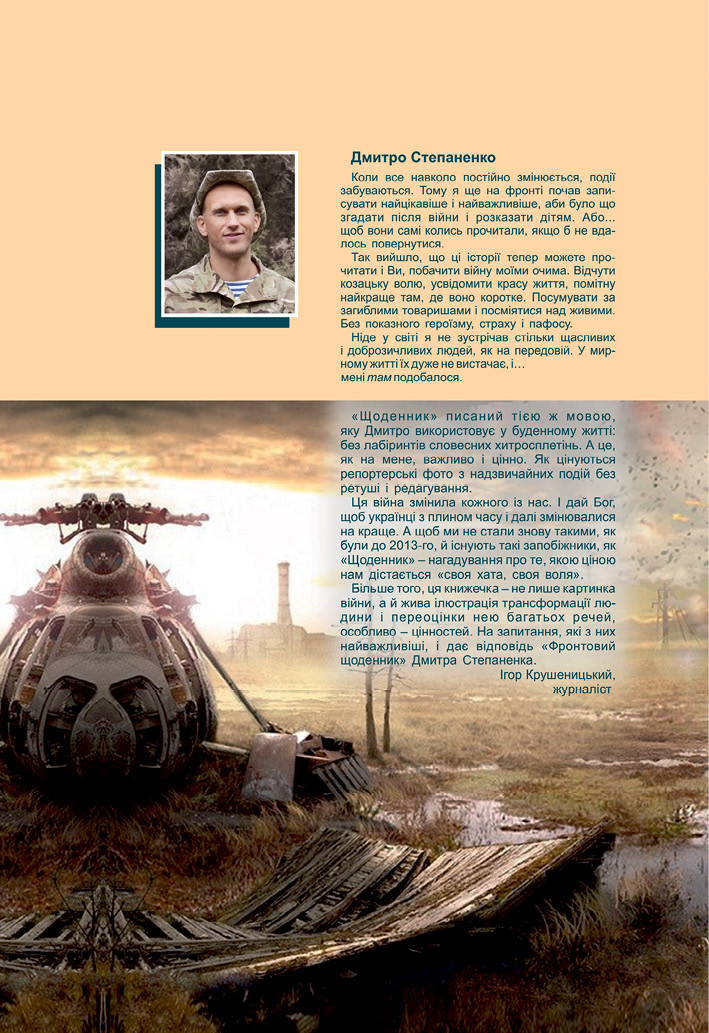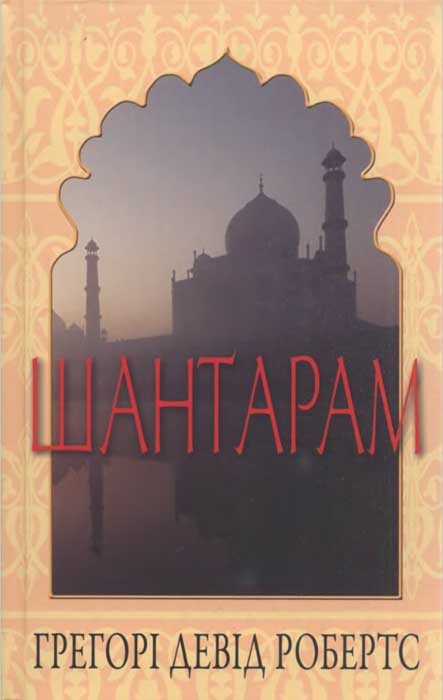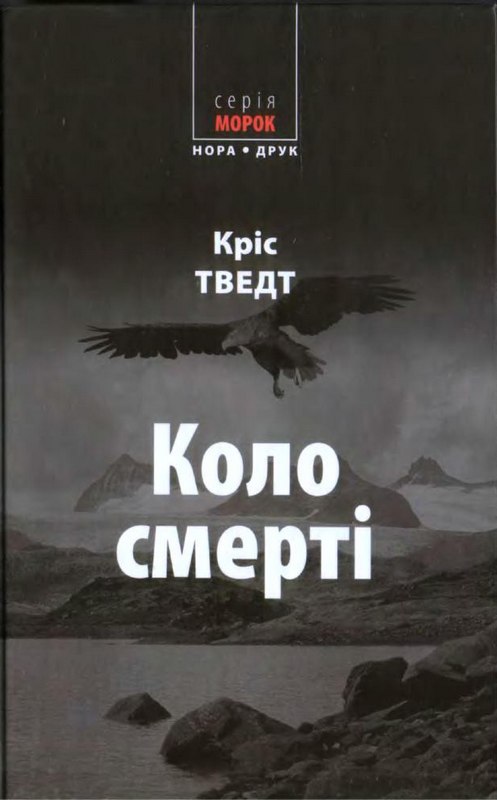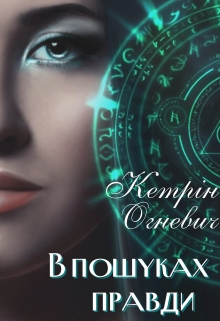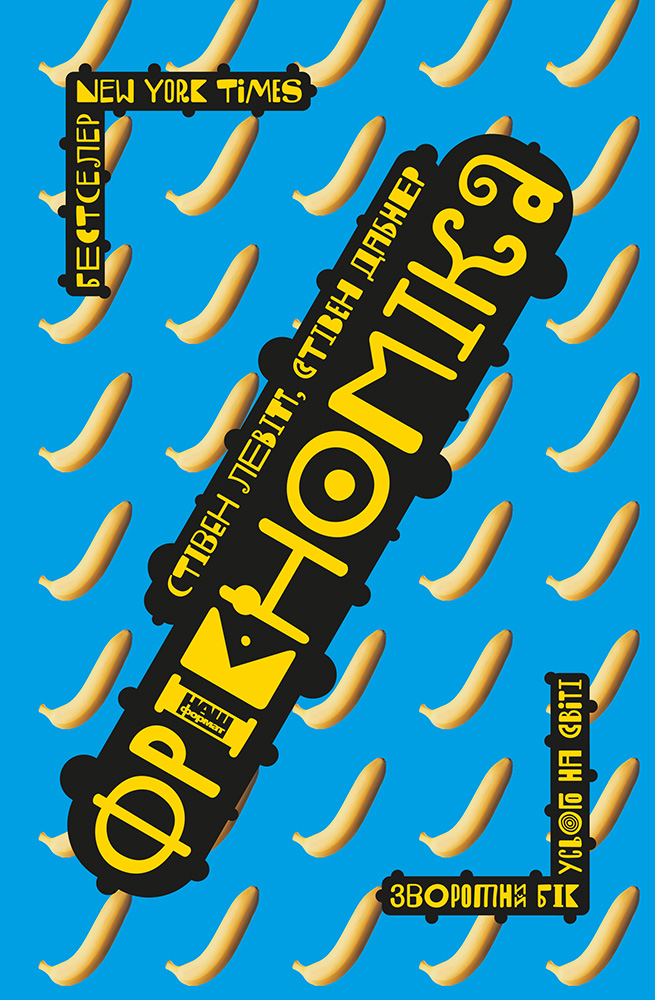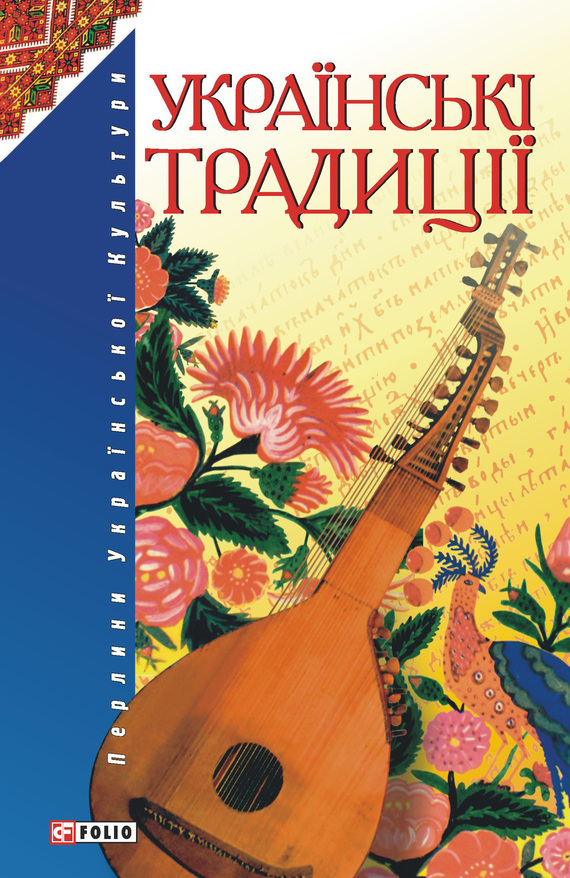Читати книгу - "Genghis Khan and the Making of the Modern World"
Шрифт:
Інтервал:
Добавити в закладку:
Notes
These notes are to help the reader find information from a variety of sources. Works are cited in languages other than English only if no English translation could be identified.
Introduction: The Missing Conqueror
“Genghis Khan was a doer”: Joel Aschenbacher, “The Era of His Ways: In Which We Chose the Most Important Man of the Last Thousand Years,” Washington Post, December 31, 1989, p. F01.
unprecedented rise in cultural communication: For more information on the cultural exchange, see Thomas T. Allsen, Culture and Conquest in Mongol Eurasia (Cambridge, U.K.: Cambridge University Press, 2001).
Roger Bacon observed: The quotes are from Bacon’s Opus Majus, trans. Robert Belle Burke (Philadelphia: University of Pennsylvania Press, 1928), vol. 1, p. 416; vol. 2. p. 792.
“we imagined your appearance”: From “Chinggis Khaan,” composed by D. Jargalsaikhan and performed by the musical group Chinggis Khaan.
Rashid al-Din described: The quotes are from Allsen, Culture and Conquest in Mongol Eurasia, p. 88.
Arab politicians: Quoted in Eric L. Jones, Growth Recurring: Economic Change in World History (Oxford, U.K.: Clarendon Press, 1988), p. 113.
“tendencies directed at idealizing the role of Genghis Khan”: Almaz Khan, “Chinggis Khan: From Imperial Ancestor to Ethnic Hero,” in Cultural Encounters on China’s Ethnic Frontiers, ed. Stevan Harrell (Seattle: University of Washington Press, 1995), pp. 261–262.
anti-party elements, Chinese spies, saboteurs, or pests: Tom Ginsburg, “Nationalism, Elites, and Mongolia’s Rapid Transformation,” in Mongolia in the Twentieth Century: Landlocked Cosmopolitan, ed. Stephen Kotkin and Bruce A. Elleman (Armonk, N.Y.: M. E. Sharpe, 1999), p. 247.
I worked closely with: Most Mongolians today use a single name such as Lkhagvasuren or Sukhbaatar, but when necessary to distinguish among those with the same name, they identify themselves by the initial (or first two letters in the case of sh, ch, kh or ts) of a parent.
I. The Reign of Terror on the Steppe: 1162–1206
“Nations! What are nations?”: Henry David Thoreau, Journal (Princeton, N.J.: Princeton University Press, 1981), entry for May 1, 1851.
1. The Blood Clot
“There is fire in his eyes”: Secret History, § 62.
“choked with horsemen”: Ata-Malik Juvaini, Genghis Khan: The History of the World Conqueror, trans. J. A. Boyle (Seattle: University of Washington Press, 1997), p. 98.
“whoever yields”: Ibid., p. 15.
“a man of tall stature”: Minhaj al-Siraj Juzjani, Tabakat-I-Nasiri: A General History of the Muhammadan Dynasties of Asia, trans. Major H. G. Raverty (Bengal: Asiatic Society of Bengal, 1881; reprint, New Dehli: Oriental Books, 1970), p. 1077.
“it is the great ones, among you”: Ibid. p. 105.
“like a red-hot furnace”: Juvaini, p. 106.
“If you but live”: Secret History, § 56.
Targutai boasted: Secret History, § 149.
early age of nine: The early events in Temujin’s life prove difficult to date precisely with confidence. The Mongols counted each new year as beginning at the end of winter when spring came. Each greening of the steppe counted as one new year, and age was counted according to the number of greenings a child had been through. Thus, the birth of Temujin at the start of spring gave him an immediate age of one, and each successive greening made him one year older. For purposes of this book, however, ages are calculated in the traditional Western way.
Yesugei’s sons by his other wife: Regarding the marriage of a widow to a stepson, in one known case of an aristocratic Mongol family in the seventeenth century, after a woman’s husband died, she married one of his sons; after that husband died, she then married his son. Finally, when this husband also died, she married his son. Thus, in her lifetime she was married to four men from the same family: her first husband, his son, his grandson, and his great-grandson. See J. Holmgren, “Observations on Marriage and Inheritance Practices in Early Mongol and Yüan Society, with Particular Reference to the Levirate,” Journal of Asian History 20 (1986), p. 158.
“of the skins of dogs and mice”: Juvaini, Genghis Khan, p. 21.
“food that could not be digested”: Secret History, § 201.
the eldest son assumed that role: The Mongol language reflects the importance of older siblings by having distinct words for older brother (akh) and older sister (egch), whereas younger siblings, both male and female, are lumped together in one term (düü). The akh, “Elder Brother,” had such importance that his title eventually became synonymous with the leader of a family cluster or other small group. In the case of full siblings, the ranking is obvious: by birth order. But for half siblings, the ranking order of the children depends on many factors, including, most particularly, the relative ranking of their mothers.
“Destroyer! Destroyer!”: Secret History, § 78.
ten years in slavery: “Meng-Ta Peu-Lu Ausführliche Aufzeichnungen über die Mongolischen Tatan von Chao Hung, 1221,” In Peter Olbricht and Elisabeth Pinks, Meng-Ta Pei-Lu und Hei-Ta Shih-Lüeh: Chinesische Gesandtenberichte über die frühen Mongolen 1221 und 1237 (Weisbaden: Otto Harrassowitz, 1980), p. 12.
2. Tale of Three Rivers
“The banner of Chingiz-Khan’s fortune”: Ata-Malik Juvaini, Genghis Khan: The History of the World Conqueror, trans. J. A. Boyle (Seattle: University of Washington Press, 1997), p. 22.
supernatural power: The etymology of many Mongol and Turkic words show a constant intertwining of physical and political prowess with supernatural strength. Khan, Mongolian for chief, is almost identical to the Turkic term for shaman, kham. The Mongolian female shaman was called an idu-khan, while the term for
!Увага!
Сайт зберігає кукі вашого браузера. Ви зможете в будь-який момент зробити закладку та продовжити читання книги «Genghis Khan and the Making of the Modern World», після закриття браузера.
